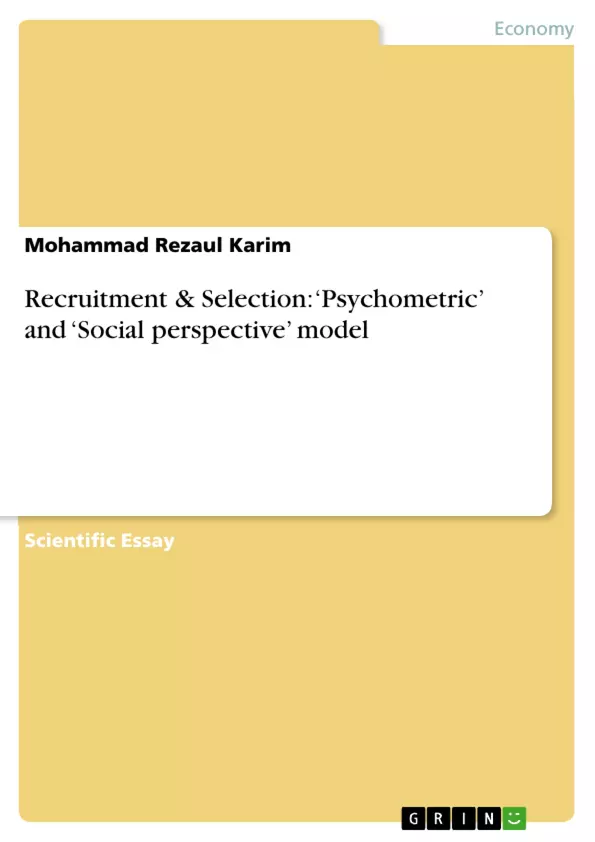Performance appraisal (PA) is a process of setting some targets for the individuals which they are required to achieve. Performance of individuals is evaluated by the process and good performance is acknowledged by rewarding them which may be financial rise in pay, popularly known as increment or upward movement in the hierarchy i.e. promotion. Traditionally PA is a straightforward process where the manager can only review the performance of his subordinates annually. However, in order to meet the increased expectations of employers, customer demand and better output, PA plays a crucial role for which it has become a part of a wider HRM strategy called performance management (PM). Traditional PA has some limitations that can be minimised by following multi-rater PA system. 360-degree feedback and balanced scorecard are playing important role as recent innovations in the PM system. These two tools are being widely used in both public and private organisations of developed countries like UK, USA, Germany, France; even in the public sectors in Bangladesh, Non-Government Organisations (NGOs) in particular. This paper aims at discussing the traditional PA system experienced with several problems which the new innovations such as 360 degree feedback and balanced scorecard have attempted to overcome.
Inhaltsverzeichnis (Table of Contents)
- Introduction
- Recruitment and Selection
- The Recruitment Process
- The Selection Process
- Assessment Centres
- The Psychometric Model
- Critique of the Psychometric Model
Zielsetzung und Themenschwerpunkte (Objectives and Key Themes)
This article aims to discuss the importance of two models in recruitment and selection (R&S), providing a comparative analysis so that any recruiting agency can adopt a strategy combining both models conducive to recruiting potential human resources. It examines the psychometric model and the social perspective model, highlighting their strengths and weaknesses.
- The importance of recruitment and selection in organizational growth and success.
- The psychometric model's strengths and limitations, including its focus on "person-job fit" and its role in promoting objectivity.
- The social perspective model's emphasis on organizational culture and social dynamics in recruiting and selecting the best-suited individuals.
- The challenges posed by globalization, legal considerations, and the need for flexibility in recruitment and selection practices.
- The potential of combining the psychometric and social perspective models to create more effective and inclusive recruitment and selection strategies.
Zusammenfassung der Kapitel (Chapter Summaries)
The introduction emphasizes the growing need for effective recruitment and selection processes in a competitive global market. The paper then delves into the traditional psychometric model, explaining its focus on matching individuals to specific jobs based on measurable skills and attributes. It explores the use of various selection methods within this framework, including interviews, assessment centers, and psychometric testing.
Chapter 3 delves into a critical analysis of the psychometric model, highlighting its limitations, particularly in the face of globalization and the need for greater flexibility and innovation. It acknowledges the potential for discrimination and the challenges of applying standardized tests across different cultural contexts.
Schlüsselwörter (Keywords)
This article explores the key concepts of recruitment and selection, focusing on the contrasting approaches of the psychometric and social perspective models. Key terms include "psychometric model," "social perspective," "person-job fit," "assessment centers," "cognitive testing," "personality testing," "globalization," "organizational culture," and "diversity."
- Quote paper
- Mohammad Rezaul Karim (Author), 2007, Recruitment & Selection: ‘Psychometric’ and ‘Social perspective’ model, Munich, GRIN Verlag, https://www.grin.com/document/207960



